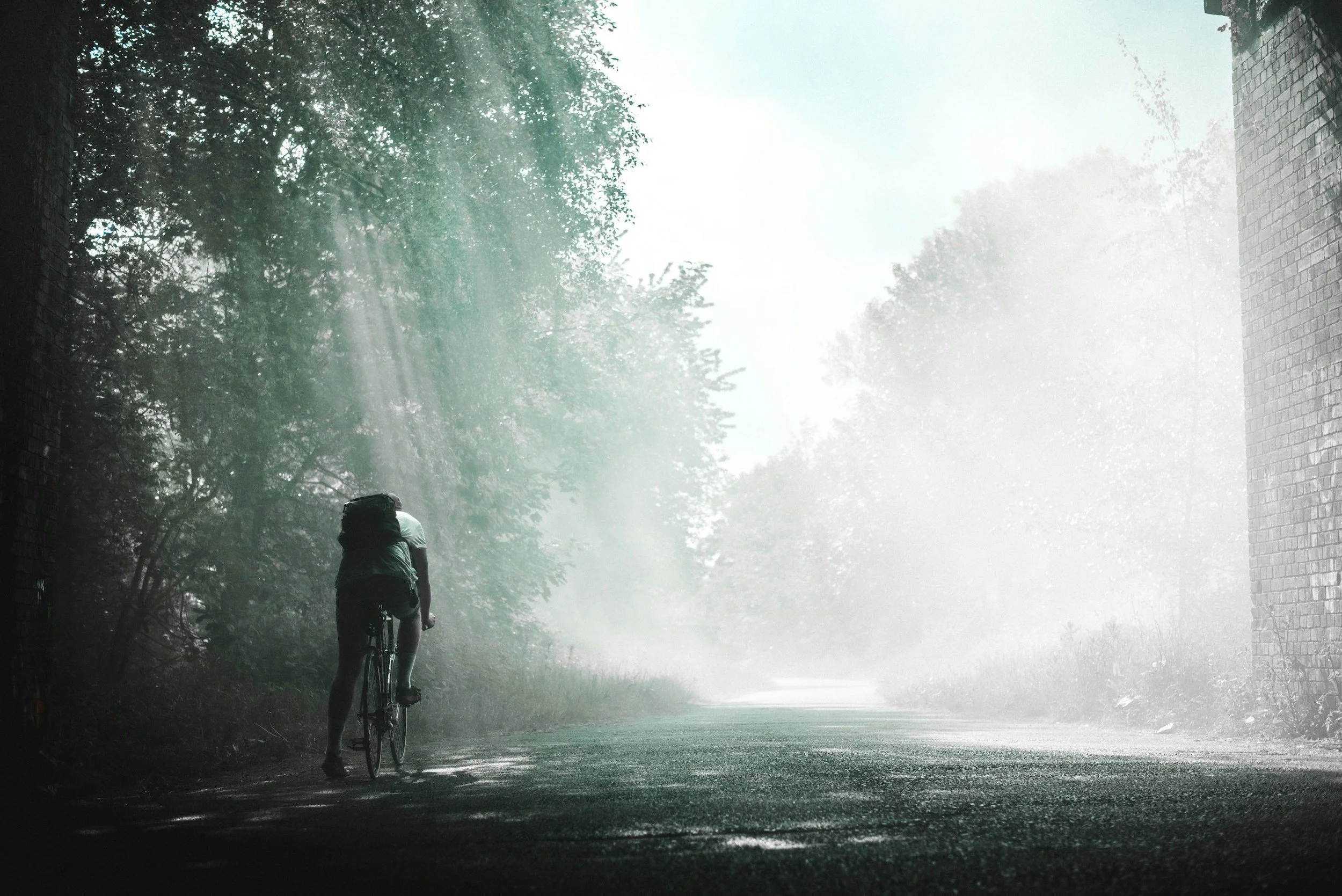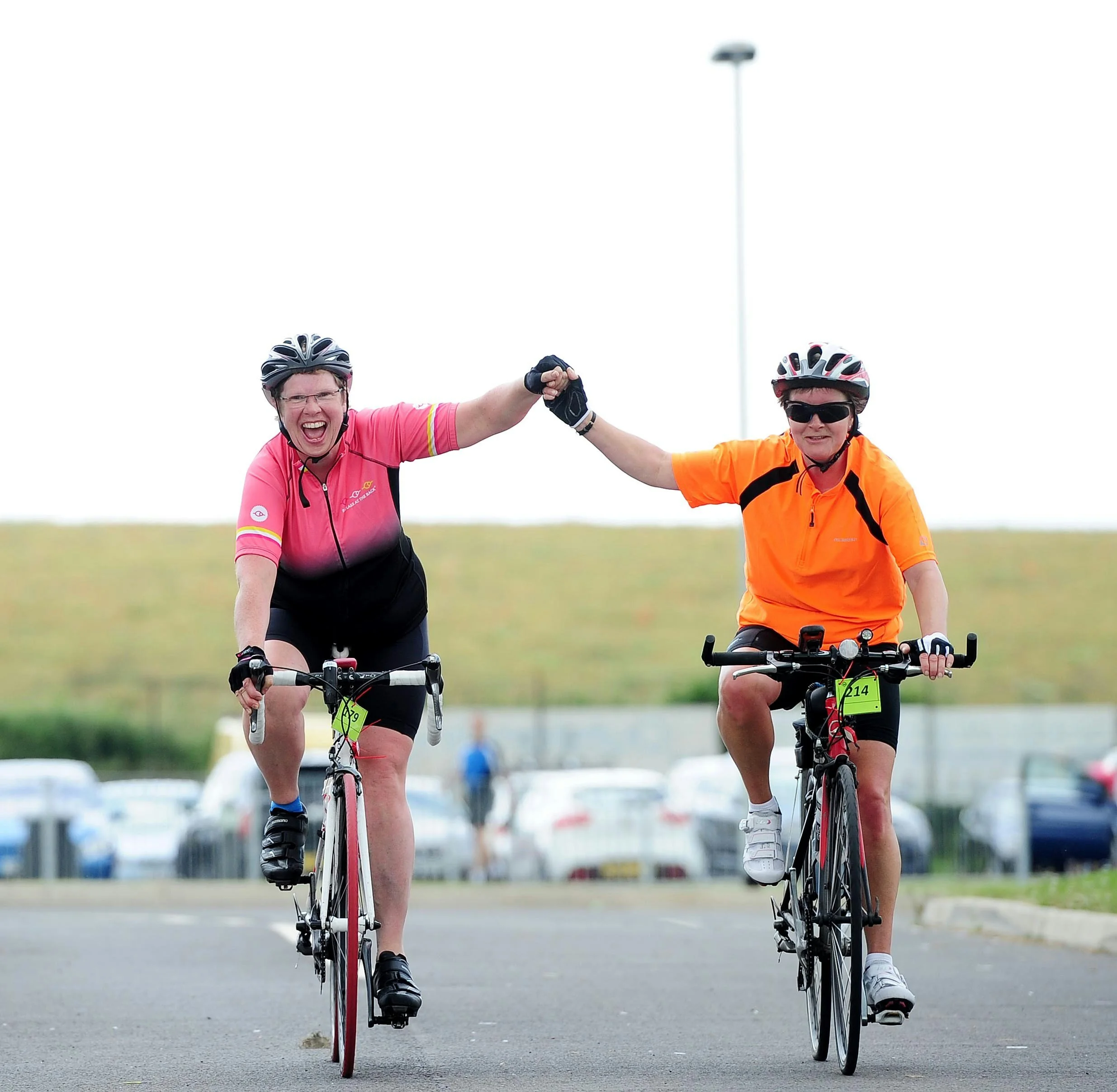Is cycling breaking you?
Osteoporosis and the battle of ageing
Osteoporosis is the most common bone disease, affecting 200 million people globally. In Australia, 23% of women and 5% of men over 50 have osteoporosis, primarily due to aging. This condition weakens bones, making them fragile and prone to fractures from minor incidents. Bone health involves a balance of deposition and reabsorption, but after 50, reabsorption surpasses deposition.
While women over 50 are at higher risk, men, especially those who only cycle or swim, are also significantly affected. Awareness and intervention for men are crucial.
In simple terms…
Men are more likely to develop osteoporosis at an older age. They are less likely to participate in preventative screening assessments, increasing their risk. Additionally, men who engage only in non-weight-bearing sports, like cycling or swimming, face a higher risk of fractures.
Facts about men and osteoporosis
Men experience more osteoporosis-related complications than women, such as fractures, loss of function, and pain.
In 2012, only 18% of men had undergone osteoporosis screening compared to 60% of women.
Men over 50 have a 27% risk of osteoporotic fractures.
From 2002 to 2012, hospitalizations for minimal trauma hip fractures in men over 50 increased by 36%.
Post-hip fracture, only 8% of men receive osteoporosis treatment compared to 24% of women, and 9% of men receive appropriate treatment 1-5 years post-fracture compared to 48% of women.
Men who smoke are more likely to lose bone mineral density than women.
I cycle or swim regularly, why am I more at risk?
Recent studies show that males who cycle or swim have lower bone mineral density (BMD), increasing their fracture risk. Master cyclists have a higher prevalence of osteoporosis and osteopenia (89%) compared to inactive peers (61%). Low-impact sports like cycling and swimming don't promote BMD, leading to earlier bone loss.
Cyclists are at higher risk for osteoporosis due to low bone loading. Evidence suggests cyclists and swimmers should engage in weight-bearing activities like strength, plyometric, or high-impact training to improve BMD. Other risk factors include high training volume, overtraining, and poor nutrition, affecting energy, hormone levels, and calcium intake.
Take Home Message
We are all at risk of osteoporosis as we age.
It is important to stay strong with weight bearing exercise.
Encourage screening and prevention in those aged over 50 +, particularly with history of fractures or breaks.
Men – you are at risk too!
Sources:
Abrahin, O., Rodrigues, R. P., Marçal, A. C., Alves, E. A. C., Figueiredo, R. C., & de Sousa, E. C. (2016). Swimming and cycling do not cause positive effects on bone mineral density: a systematic review. Revista Brasileira de Reumatologia (English Edition), 56(4), 345-351.
Alswat, K. A. (2017). Gender disparities in osteoporosis. Journal of clinical medicine research, 9(5), 382.
Andersen, O. K., Clarsen, B., Garthe, I., Mørland, M., & Stensrud, T. (2018). Bone health in elite Norwegian endurance cyclists and runners: a cross-sectional study. BMJ open sport & exercise medicine, 4(1).
Australian Institute of Health and Welfare. (2014). Estimating the Prevalence of Osteoporosis in Australia. https://www.aihw.gov.au/reports/chronic-musculoskeletal-conditions/estimating-the-prevalence-of-osteoporosis-in-austr/contents/table-of-contents
Smathers, A. M., Bemben, M. G., & Bemben, D. A. (2009). Bone density comparisons in male competitive road cyclists and untrained controls. Medicine and Science in Sports and Exercise, 41(2), 290-296.






